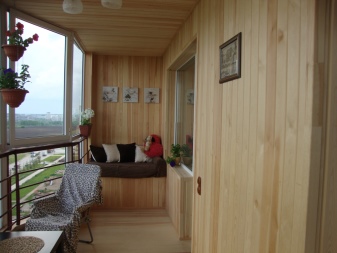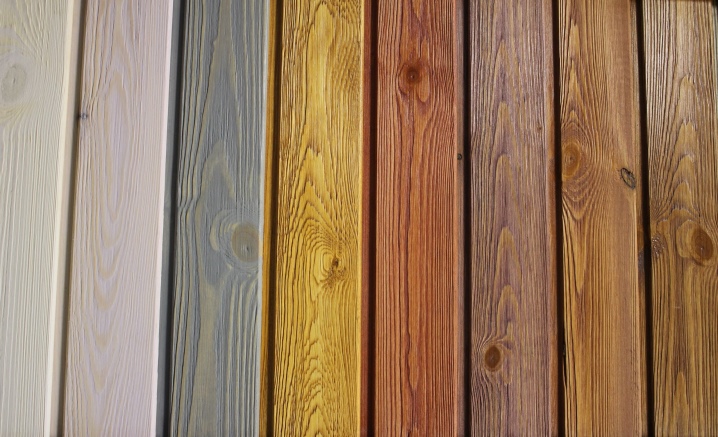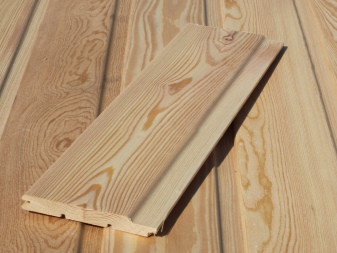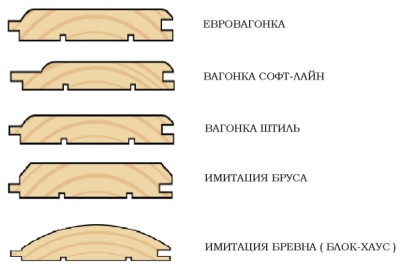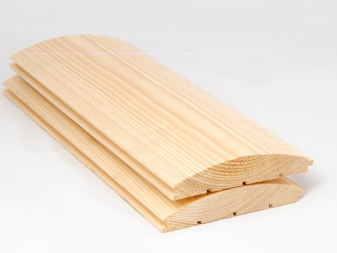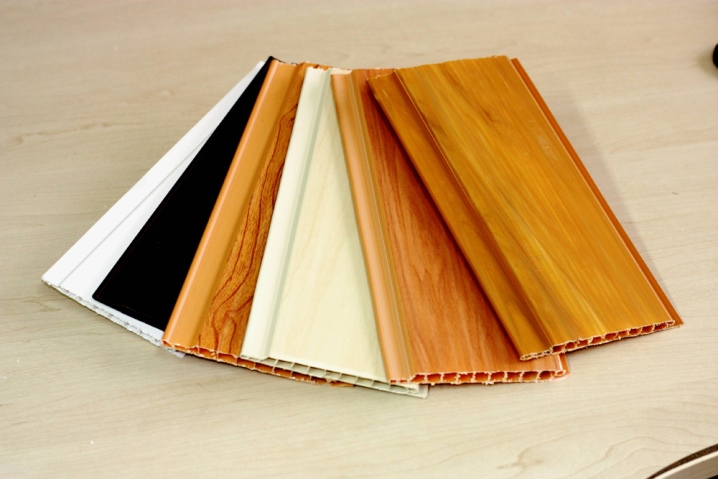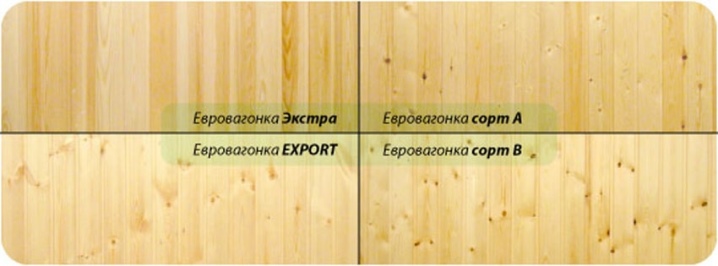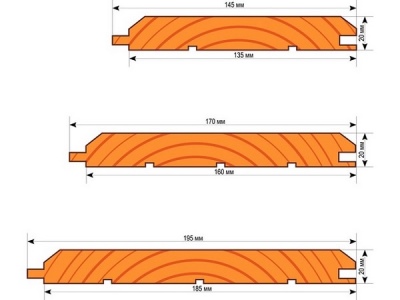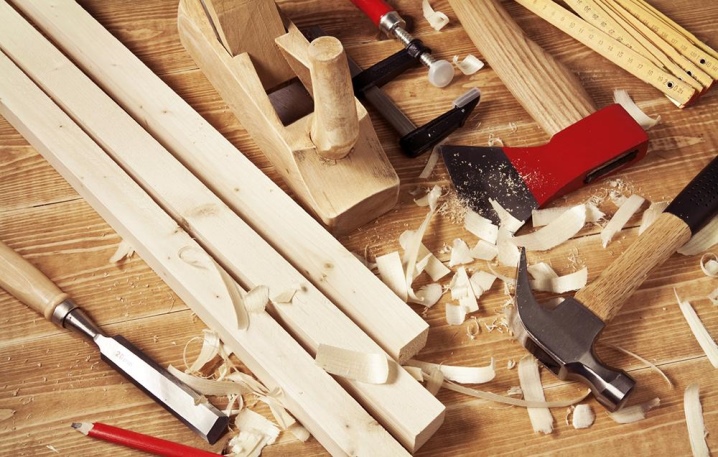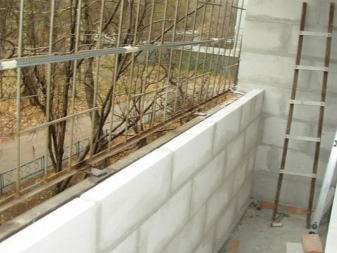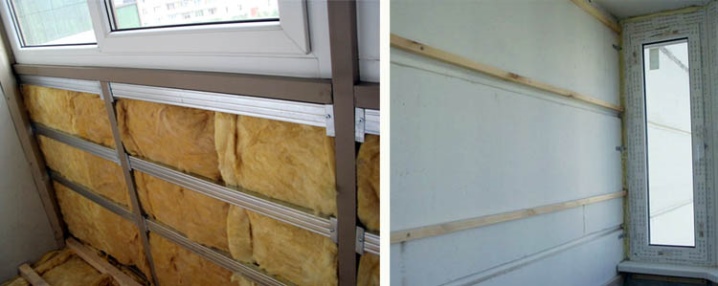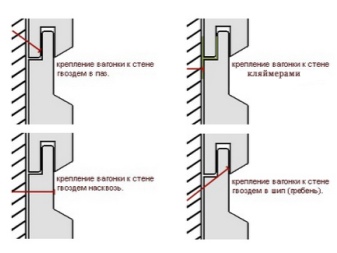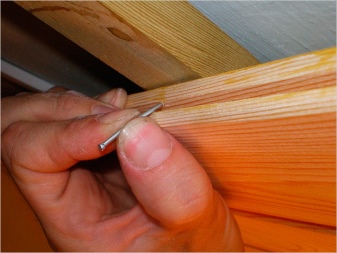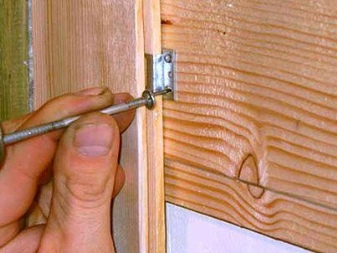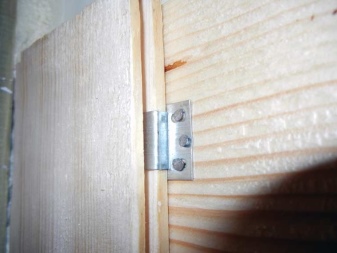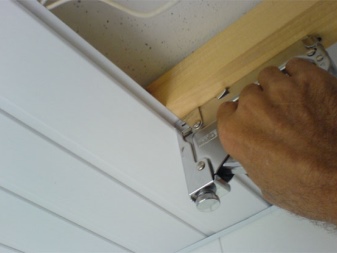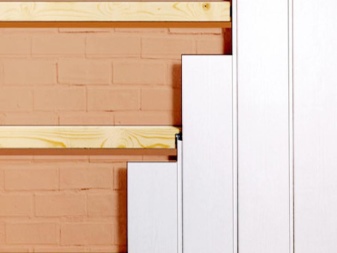Finishing loggia clapboard

Wall paneling is a functional material suitable for interior and exterior decoration. You can sheathe the balcony with your own hands, choosing a suitable interior for the panels.
Finishing loggia clapboard requires a minimum of effort and money.
Pros and cons of the material
Wood is a natural material characterized by durability, long service life and attractive external characteristics. The lining made from it is suitable for finishing of the open and glazed loggia. It will decorate the room in the style of modern, Provence or country. Good material will look in the case when for the decoration of the loggia will use a minimum of decorative elements.
Advantages of lining:
- ease of installation and operation;
- durability, reliability;
- ease of care for the material: it is easy to clean and wash;
- environmental friendliness, non-toxicity;
- good thermal insulation characteristics.
Natural building materials help to maintain a comfortable indoor microclimate. In the hot season, lining absorbs heat, and in the cold, on the contrary, it retains it. Because of this, on the balcony you can relax not only in summer but also in winter. This is also good in cases when indoor plants or seedlings are grown on the balcony.
Despite the large number of positive aspects, lining has a number of disadvantages. Like any object made of wood, it can ignite. To avoid this, it is recommended to cover the material with special protective solutions and varnishes.
Also, lining has a relatively low resistance to temperature changes, may lose external characteristics when interacting with moisture.
Kinds
Traditionally, panels were made only of wood. At present, other materials may be used as raw materials. There are several types of lining
Wooden
Oak, pine, aspen, linden, larch are used as raw materials. They differ in cost, performance, color. Conifers contain a large amount of resin, which can begin to stand out under the influence of high temperatures. Such wood is softer, it may remain traces after shock and other mechanical effects.
To expensive varieties include cedar, oak, alder. The lining made of these trees differs in high durability. In addition, it has the best aesthetic characteristics and is more resistant to atmospheric conditions and precipitation.
Each tree species has a unique shade - this point is taken into account when planning the interior of the loggia.
Euro lining
A variety of wooden wall paneling, made according to European standards. It belongs to building materials of a premium class, differs in the highest quality and costs more expensively. Lining divided into types depending on the size and purpose. The most common models are standard, block house, landhau, american, soytline. They differ in the specifics of installation and appearance.
Most often, consumers prefer a block house.The material is resistant to environmental influences, because it is used for finishing both internal and external premises: it is suitable even for unglaced balconies. On the one hand such eurolining is a cylindrical surface.
The requirements for this type of materials spelled out the dimensions of the products. The thickness should be 13, 16 or 19 mm, width - 80, 100, 110 or 120 mm. Strict rules apply to the length of the panels: from 500 to 6000 mm.
Plastic
Cheap analog lining of wood. It is decorated with patterns, can imitate wood, stones. High-quality products made of polyvinyl chloride at first glance will be indistinguishable from natural panels, and their performance characteristics for some indicators will be even better.
Plastic is resistant to temperature fluctuations, retains external characteristics under the action of ultraviolet rays. It is distinguished by moderate flammability, provides good heat and sound insulation. The price of PVC panels is lower, which makes them affordable for a wide consumer segment.
The disadvantages of lining include the fact that it is easily deformed by external mechanical shocks.
How to choose?
Selecting lining for finishing of a loggia, consider external and operational characteristics. In particular, they pay attention to such criteria as material, profile and size of parts, budgeted for repair. When you plan to use wood paneling, look at the type of wood and its class. In addition, the material is selected to the specific design of the room.
Cases of lining from natural wood:
- Extra. High quality material that meets strict requirements. Premium lining is more expensive, characterized by reliability and increased service life. For the manufacture of panels taken the best types of wood.
- BUT. The quality of such lining is somewhat lower, but it still has a significant service life and is resistant to external influences. According to the requirements, the material may have a small number of defects that do not spoil the overall appearance of the product.
- AT.Lining with defects. The panels are equipped with non-through cracks, knots with a diameter of up to 20 mm, as well as resin pockets. Processing of building materials produced at the factory using putty.
- WITH.The material is used for decoration of technical rooms, storage rooms and under-used rooms. On the surface of the panels there are spots, contrasting stripes.The size of cracks reaches up to 5% of the total area of the boards.
When choosing a lining, they are guided by the size of the surface to be trimmed, since different manufacturers create different materials in terms of dimensions. To calculate the required number of panels, the area of the room is divided by the area of the board. Next, determine how many bars will be required for mounting the batten. The height of the room is divided by the distance between the rails and multiplied by the length; after the resulting values add up to determine the total footage.
The specificity of the installation depends on the material profile. The panels differ in the shape and size of faces, the configuration of grooves and locks. Distinguished lining and specificity of the front and rear surfaces. They can be smooth or convex, shaped like a cylinder. There are materials with the effect of the thread.
DIY interior trim
Installation of lining can be carried out without the involvement of professionals, using the available tools. For trim loggia need a hammer drill, drill, screwdriver, handsaw, drill, hammer, ax, fasteners. When working with uneven walls use the building level, for measuring take a tape measure,ruler, pencil.
Before proceeding directly to the lining of the loggia clapboard, carry out the preparatory work. From all surfaces on the balcony remove the traces of the last finish, paints, whitewash, get rid of the old linoleum. You also need to detach the window slopes, baseboards, take out all the things - in the end there will be an empty room.
The next step is the installation of crates and insulation. First of all, they install two timber at the floor and above the ceiling. The rake of the required length is cut, at which marks are made at regular intervals: there will be holes for the screws. Bars are applied to the wall, install them with fasteners.
The top rail should be located at a distance of 10 cm from the ceiling, the bottom - 3-5 cm from the floor.
The remaining elements of the crates are mounted parallel to the installed bars. Equal distances are preliminarily measured with the help of a tape measure and a nylon cord. The frame is located on all the walls and the floor, the intervals between the parts should not be more than 60 cm.
When the crate is installed correctly, the balcony paneling will be simple. There are several types of laying lining:
- With an open mount. The easiest way to trim a loggia or balcony. Installation is carried out with the help of nails and screws, with which the boards are installed on the surface. The downside is that the fasteners remain visible and spoil the appearance of the panels.
- With hidden mount. Fasteners are driven into the inner part of the groove, nail heads are heated. The most advantageous option is to consider using clamps. They are inserted into the holes and screwed with screws. Boards inserted into the grooves of the previous panels; the action is repeated until the loggia is completely finished.
Installation of plastic lining has distinctive features. First, the corners are installed (a construction stapler is used for this purpose), panels are mounted in them with a thin side. Then the next part is inserted into the groove - and this is repeated until the very end.
In conclusion, it may be necessary to cut off part of the panel, since the length of the walls does not always coincide with the total area of the products.The lining is varnished, resistant to the sun, with special protective mixtures.
A more detailed process of finishing the loggia clapboard can be viewed in the following video:


